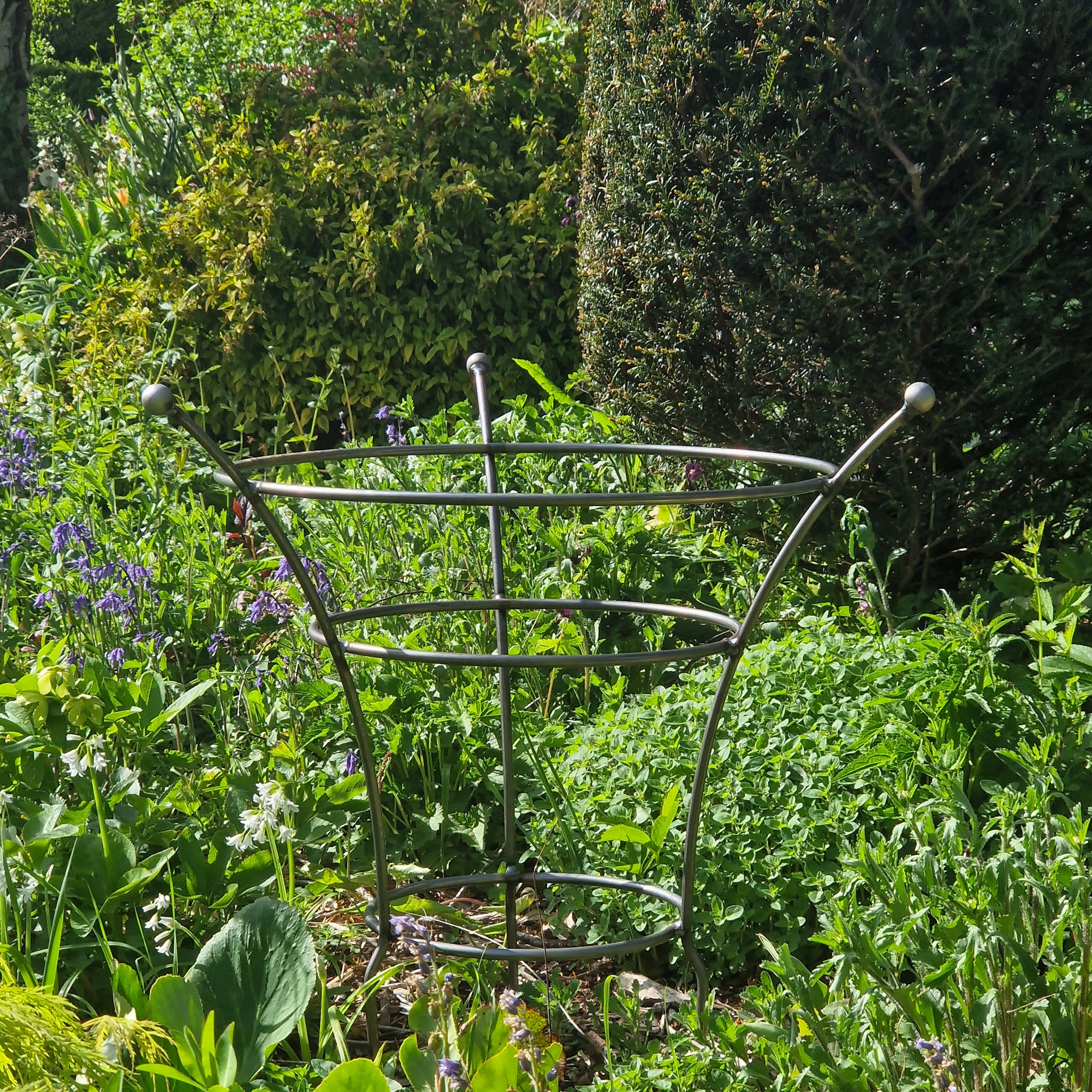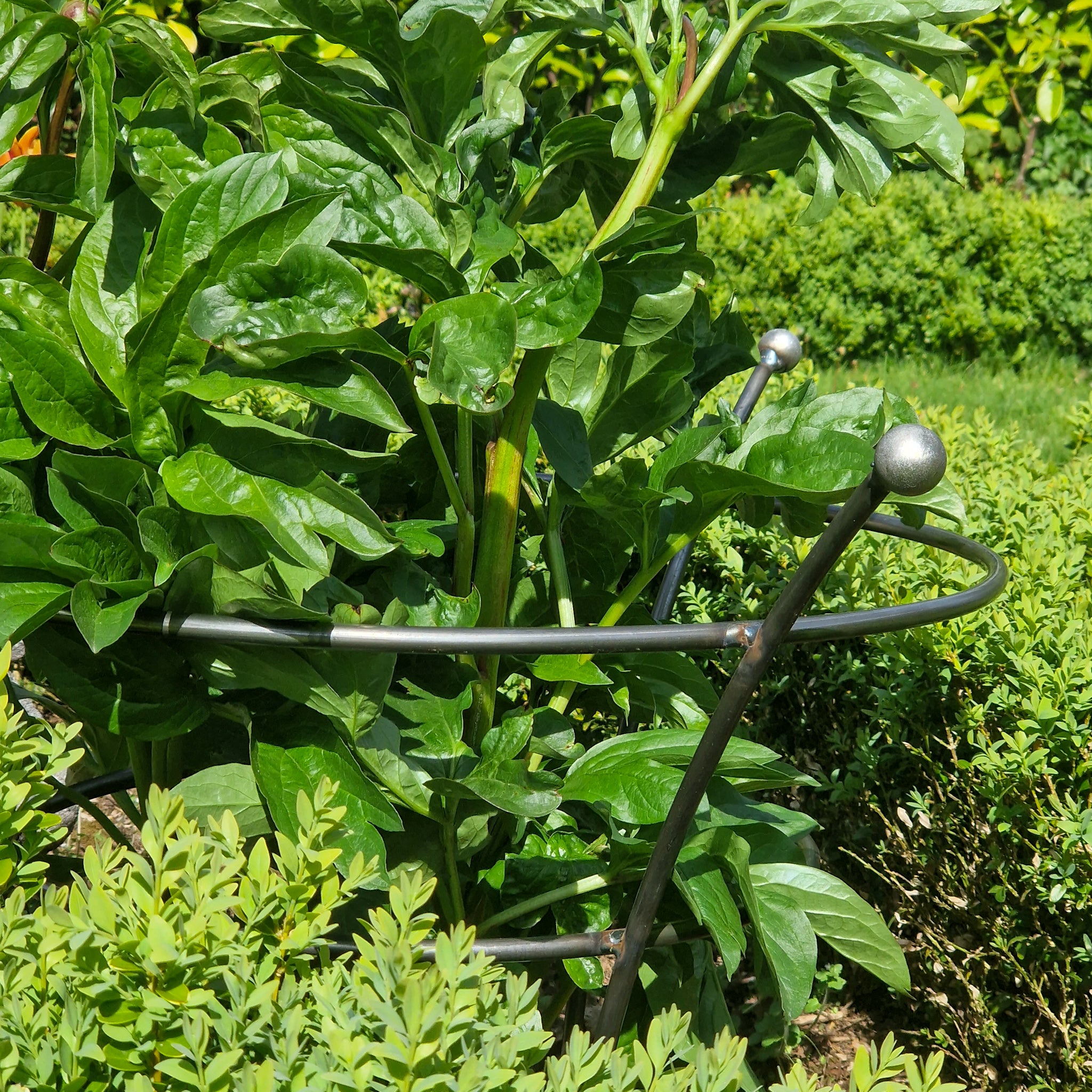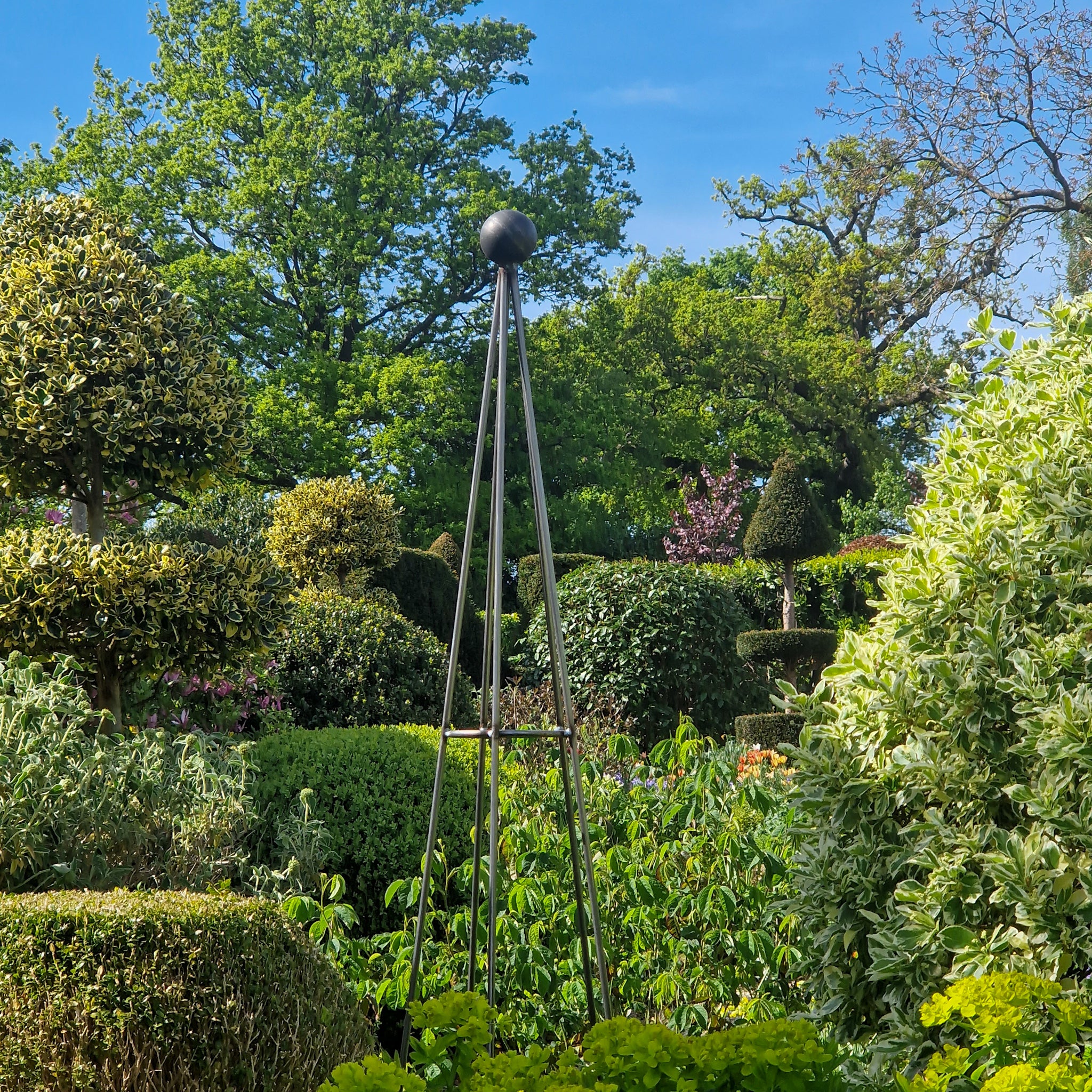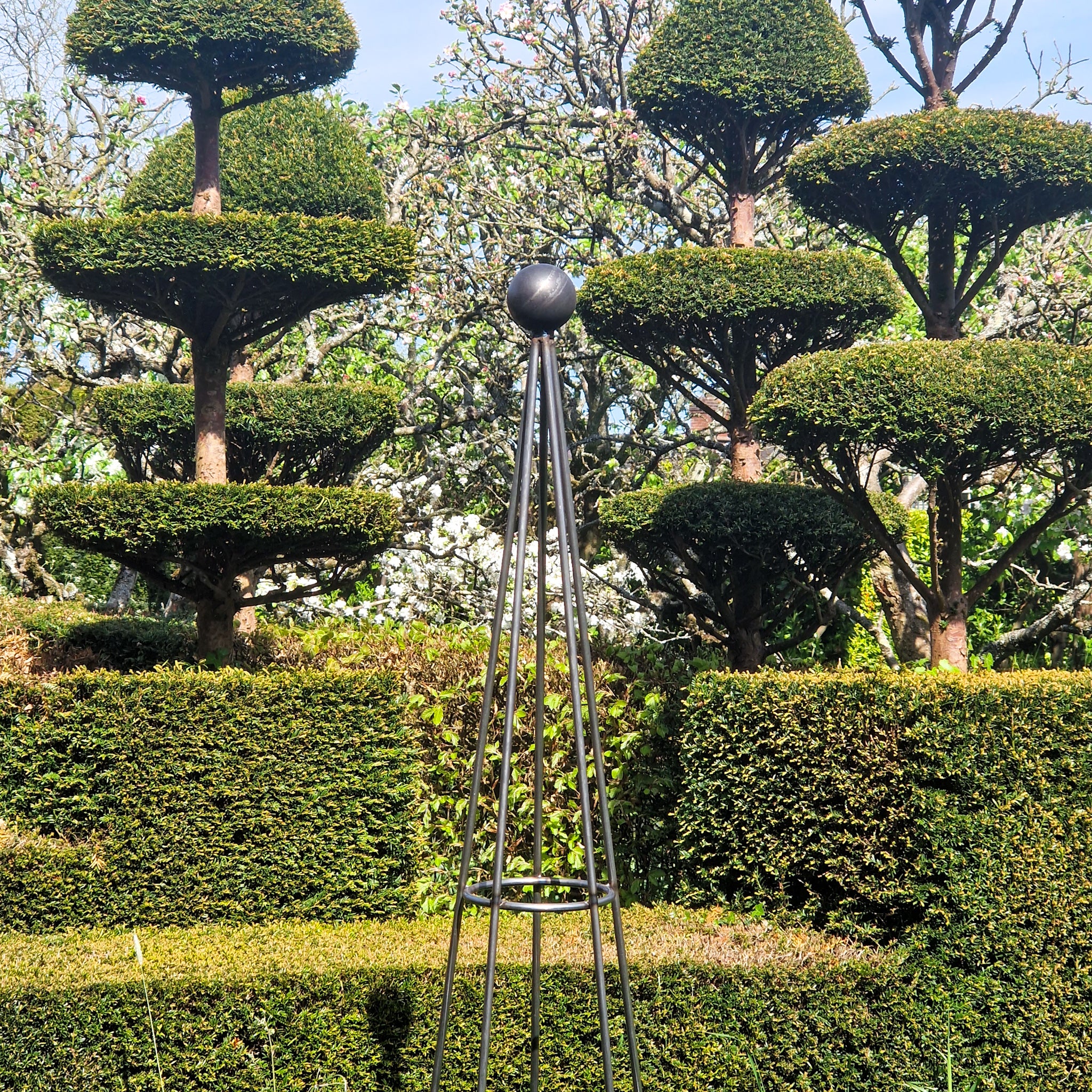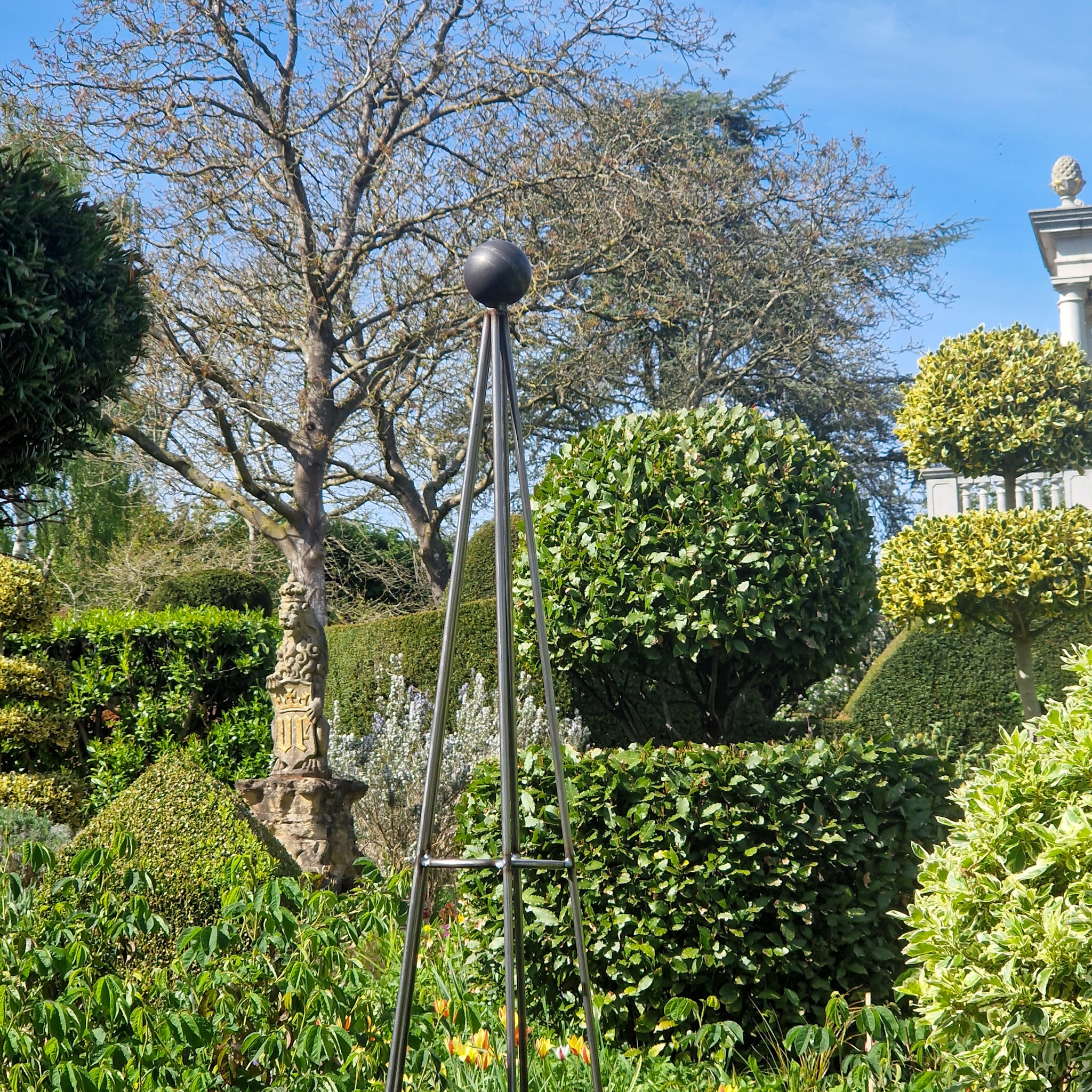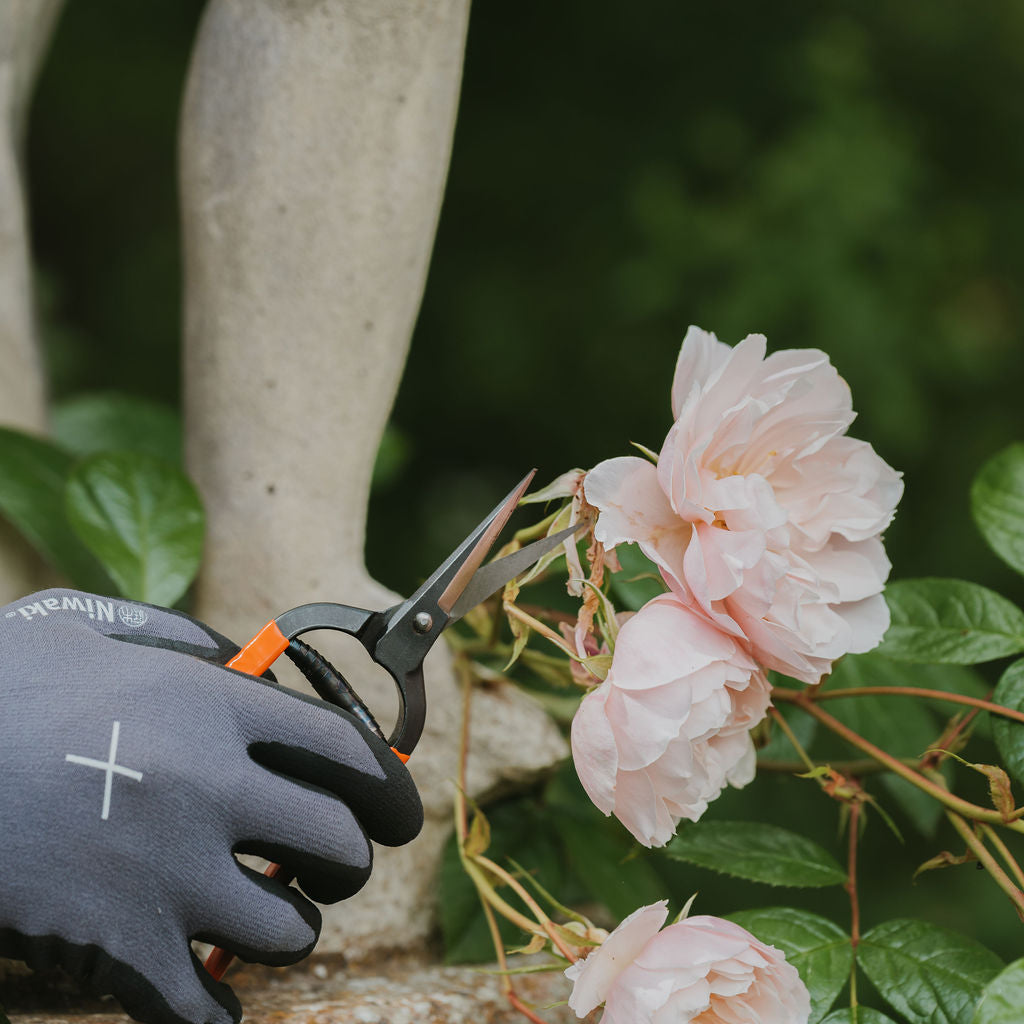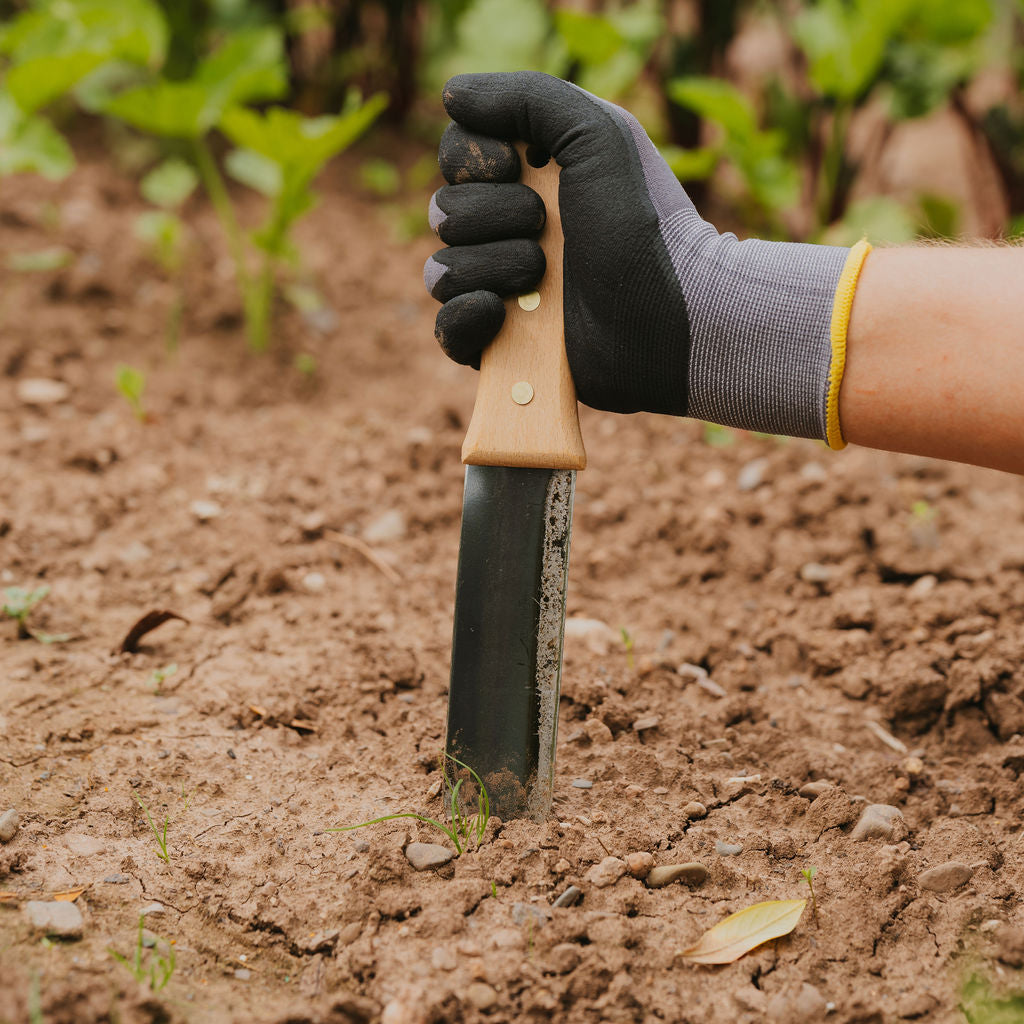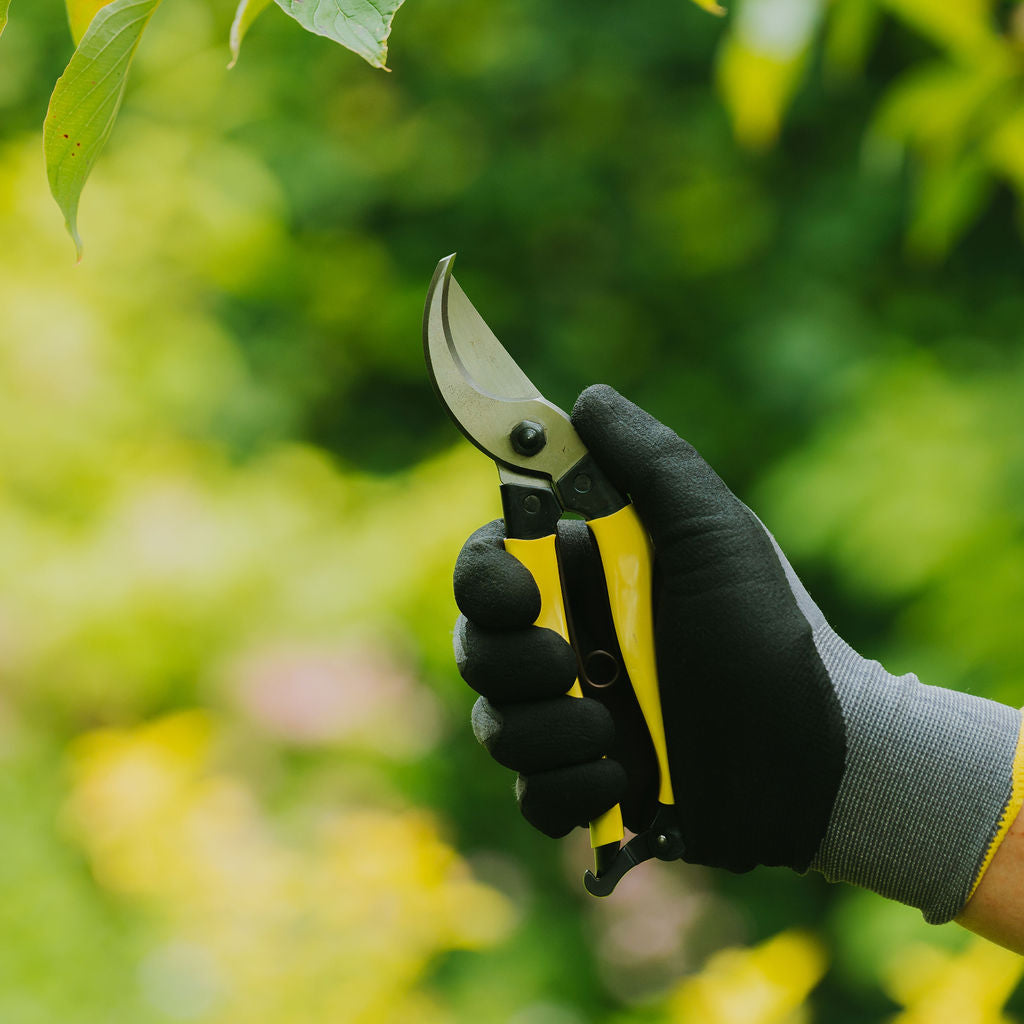For some people, pots are simply just pots. But for many of you, pots are exciting and meaningful. The tactile and culturally rich ornaments don't just look good - but they are a snapshot from the past that encapsulates tradition and craftsmanship. The fact that many designs are still replicated today, made in the same methods as they were centuries ago, is a testaments to how impactful they are. For trends come and go... but a good pot will forever be - a good pot.

Orcio translates to jar / jug. We stock 3 sizes from our Pottery in Tuscany. View them here.
Originating from Italy, they are large, decorated, round-bellied, earthenware pots. First recorded in around 1600 across cities associated with the earlier Renaissance movement, once you get under the surface - it's comes with no surprise that Orcio were seen across the likes of Florence & Siena. For they require one main material... Clay!
Tuscany (Italy's Central-Western region where these cities are located), is bountiful in mass deposits of clays and mineral-rich soft rocks that feed the local potteries demand for raw materials.

In olde Italy (going as far back as the Romans), clay pots of all shapes and sizes were essential to the inhabitants of villages, farms and cities for storing their much-loved oils & wines. Hence the Italian name of the pot translating to - Jar!
Although the pre-existing pots in provincial Italy would have been far simpler in design as a result of their utilitarian nature, it's clear where the inspiration for the ornamental Orcio came from. It just took a wealthy family or a daring potter to commission the first ornate version. Though it seems that the tale of the first ornate Orcio may be lost to time... It is likely that the models we now see were a natural evolution combining local goods with a potteries artistic license.
Interestingly, the Orcio is similar in form and purpose to the Ancient Minoan Pithoi. Based on the island of Crete, the Minoan's used large, open neck pots to store grains, oils & wines in their communal palaces. The most famous of these palaces, Knossos, featured huge rooms capable of storing hundreds of these pots. Here you can see one of my original Pithoi as an example.

Today, 400 years later, we may not use large terracotta pots to store copious amounts of olive oil or wine (the invention of glass and, later, plastics killed this practice off). However, many people come to adore these pots and view them as a key part of Italy's culture.
Examples from as far back as the 19th Century can still be purchased on the open market. The fact they survive is a testament to the talent of the potteries who made them.

Some of the finest gardens in England provide us with a great picture of how pots can be used as ornaments. Take the widely respected Iford Manor Gardens in Wiltshire, for example. Designed by owner Harold Peto at the start of the 20th Century, after being inspired from his travels across the Continent, Peto went on to design a garden using pencil-thin Cypress, large round pots and statutory to create key focal points to plant around. Stairs, paths, courtyards and an arcade create the formal structure of the garden. A superb example of how a piece of Italy can be sympathetically placed in an English village.

Credits to blackberrygarden.co.uk
Orcio are generally used as ornamental pieces around a garden. Clients use our large vases in mixed methods - some opt to stand them out in key focal points with others preferring to hide them amongst planting in deep borders. The benefit of incorporating pots around your planting is that when perennials die back and deciduous shrubs loose their leaves, you still have something beautiful to bring year-round interest. This is particularly helpful in the duller Winter months, a time when many gardens can loose their sparkle.
Though Orcio can be used as planters, due to the narrow necks, you are restricted to what you can use. If you are keen to plant your Orcio, I would consider something that would trail down the pot like a trailing rosemary or colourful geraniums, begonia or lobelia that can easily be replaced. All of our Orcio come with a drainage hole in the base.


